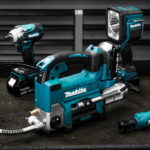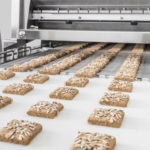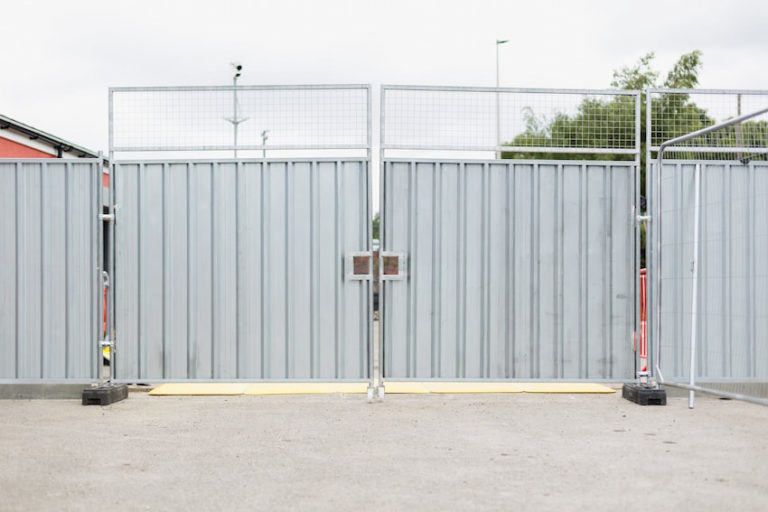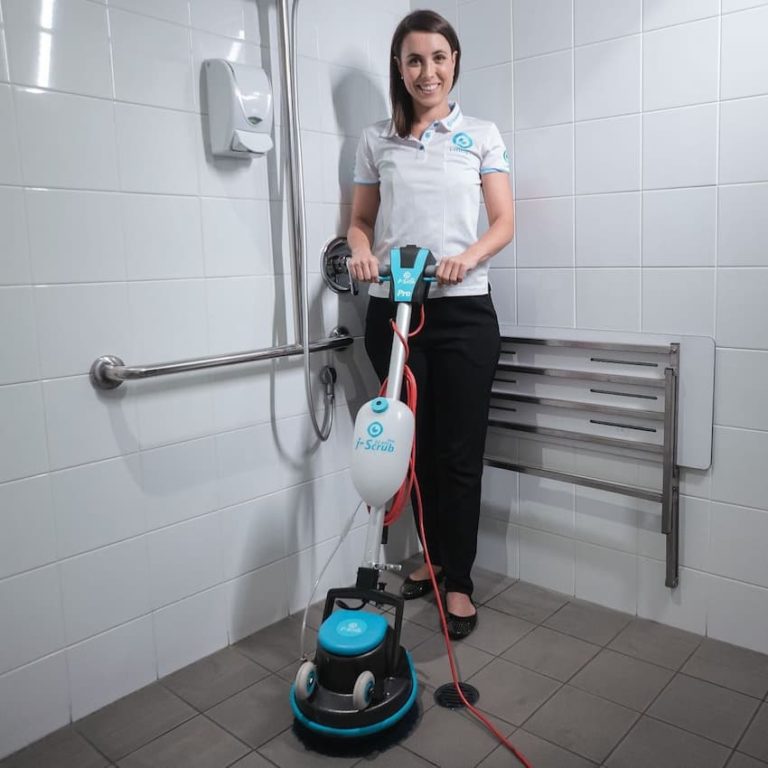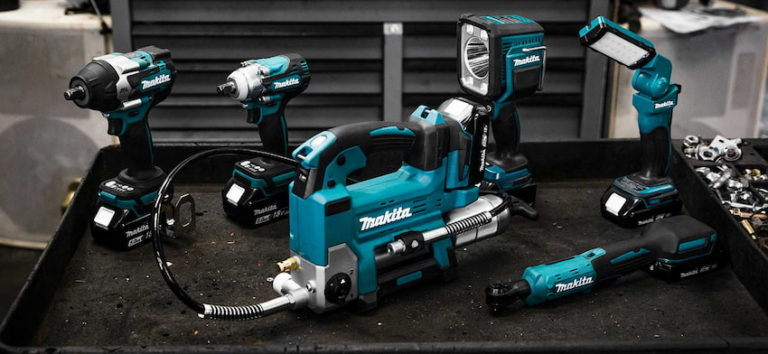Everyone knows that a book shouldn’t be judged by its cover, yet we also understand that making a lasting first impression really counts. It’s the same with the metal fabrications we make. When people first lay eyes on them, it’s really important they look great. So that’s why every craftsman pays extra attention to the product’s final appearance, else the work would seem like it was done in a half-arsed fashion.
The tools that are used in the metalworking industry which provide the finishing touch are known as rotary tools and die grinders. Die grinders are handheld power tools that are used for sanding, honing, grinding, machining and polishing materials (not only metals, but wood and plastic as well). Both rotary tools and die grinders work in a similar fashion, with no clear dividing line between them.
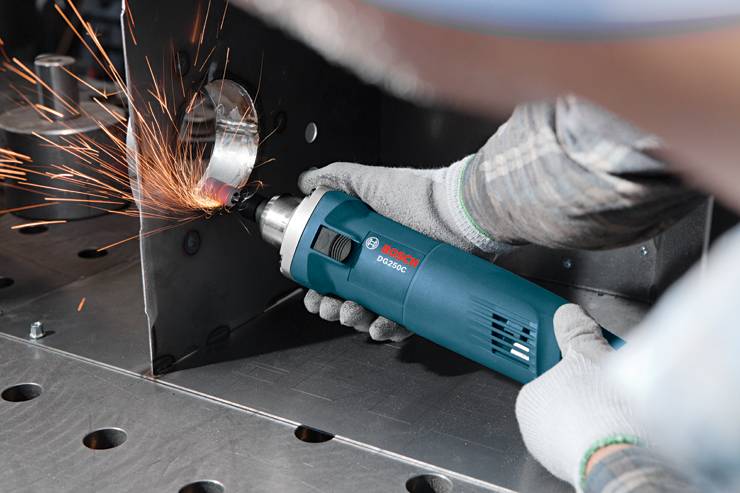
The name rotary tool tends to be used for electric light-duty versions. The name die grinder on the other hand, comes from one of archetypal and earliest applications, die and tool work, since they were used for precise contours of molds and dies. When it comes to grinders, they are separated into two basic categories – corded and cordless die grinder models.
Whether you choose a corded or cordless die grinder will depend on how you intend to use it most often. Corded models are typically larger in size and can provide more power, but they require an electric source to be powered. If you want a die grinder for your workshop or home, then a corded model will suffice. However, if you’ll be working on a rooftop or a remote location, then a cordless die grinder will be the better option.
If you decide to go for a cordless model, then you should pay attention to the type of batteries it uses. Typically, lithium ion batteries are the ideal choice as they’re the most powerful and are usually rechargeable. You also need a charger if the grinder you buy doesn’t have one included in the package, so that’s an extra cost to consider.
Besides that, you should look into how much power you need. The power in die grinders comes from the amount of RMP (rotations per minute) and the amount of voltages the motor has. Typically, die grinders feature a lot of RPM, usually more than 20.000 and they have a 14-16 volt motor. High RPM with little torque is ideal for type of tasks die grinders are designed for, as with these specifications you can perform precise cuts and exceptional finishing work.


